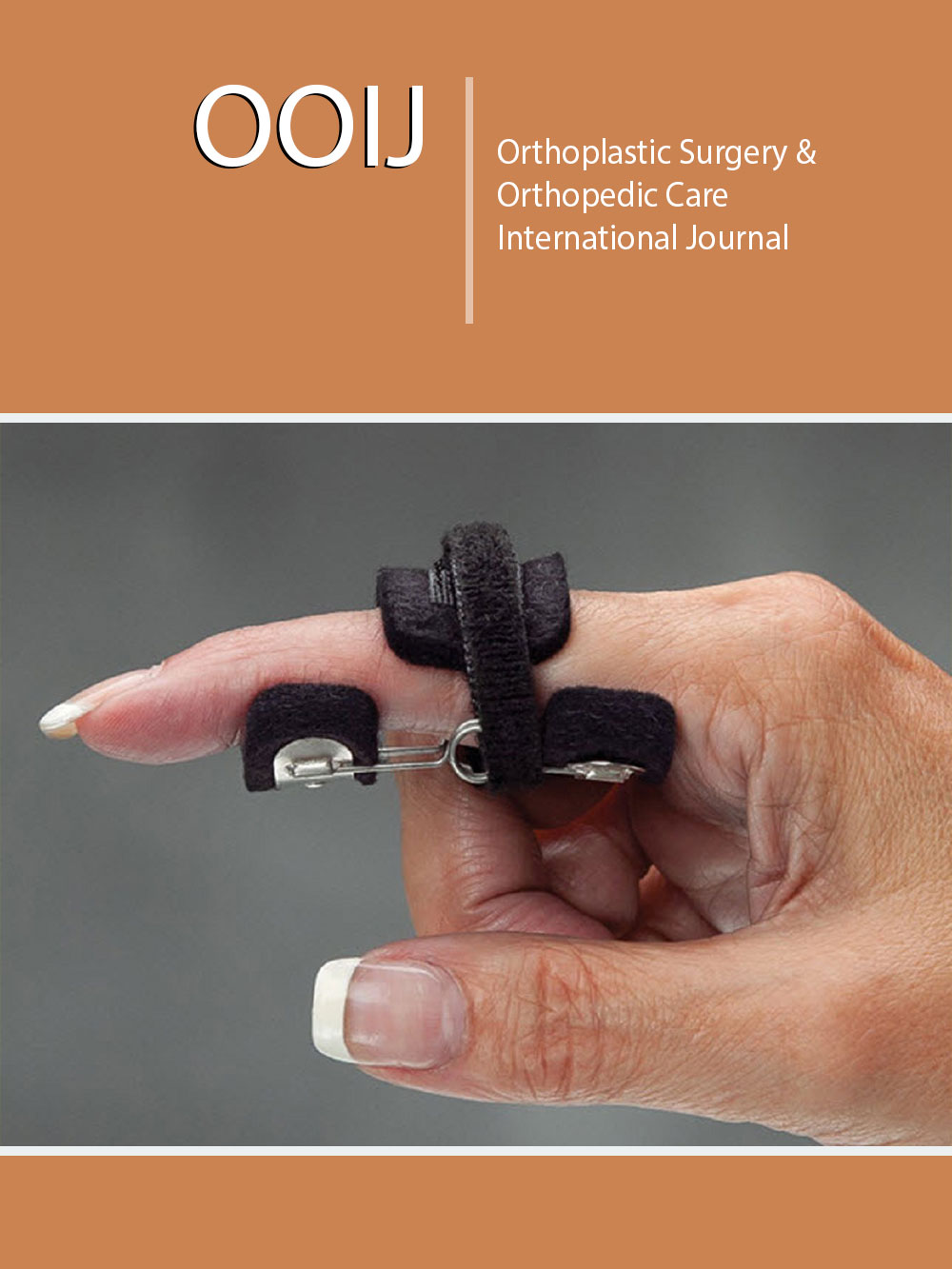Contribution of Elecromyographic Examination to Neuro-Occlusal Rehabilitation by Amel Belkhiri* in Orthoplastic Surgery & Orthopedic Care International Journal_ Orthopedic Care International Journal

Aim
To
illustrate the importance of registering a patient’s ID particularly in
specimens submitted to the Laboratory for investigations of blood transfusion.
Mix-up of patients’ identification remain the commonest factor in producing
erroneous reports or giving wrong blood products with potential serious
ramifications. We are documenting 3 cases in which this mistake happened
despite robust measures in the clinical settings and upon receiving the
specimen in the Laboratory with variable consequences.
Case 1
Patient
A presented with abdominal pain and was diagnosed with cholelithiasis. A
laparoscopic cholecystectomy was planned. Upon registration the receptionist
typed the unit number of the patient but with one different digit which
resulted in producing labels of a different patient’s name and details. These
were not checked and were filed with the notes. At operation the sticky label
was peeled off from the notes and put on the specimen and was submitted to the
Laboratory. At the Laboratory registration everything seemed fine and a
histology report was produced confirming chronic cholecystitis associated with
cholelithiasis. A few weeks later the pathologist received a letter from the
clinician indicating that he did not perform this procedure on that patient,
but he did the surgery on a different patient on the same day. The pathologist
reported this as a clinical incident and asked for a formal letter from the
surgeon outlining the details of the mistake, registering the incident and
taking measures to identify and resolve the problem with further checking in
the specimen to stop this incident from happening again.
Case 2
A
young patient and her mother visited an outpatient clinic in a private hospital
for a routine cervical smear for the daughter. A cervical smear was performed
by the gynaecologist and the
specimen was submitted for the cytology department for assessment. During
screening and at the time of reporting the consultant cytopathologist noted that this
patient had a history of a hysterectomy in the past which is documented in our
records. The age of the patient was also noted which was 65 years old, but the
smear showed no evidence of atrophy compatible with a young patient. Upon
calling the gynecologist it was discovered that the sticky label on the request
form was showing the mother’s details and not those of the daughter. It transpired
that both the mother and the daughter had exactly the same first and surnames
producing the confusion and mix-up at the time of registration. The
gynecologist confirmed that he performed the procedure on the daughter and not
on the mother. It is only by the robust procedure in the cytology department
where previous records of each patient should be checked before issuing a new
report helped to identify the problem. Again the gynecologist sent a letter
documenting the incident and confirming the correct patient details and a
correct cytology report was issued.
https://crimsonpublishers.com/ooij/fulltext/OOIJ.000526.php
Crimson
Publishers: https://crimsonpublishers.com/
For
more articles in Orthopedic Care
International Journal,
Please
click on below link: https://crimsonpublishers.com/ooij/



No comments:
Post a Comment